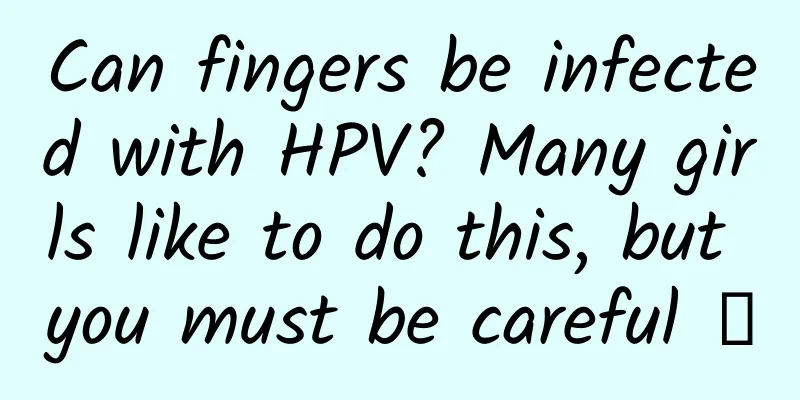Autism ≠ loneliness, early identification is crucial

|
April 2 is the 13th World Autism Day. As a developmental behavioral pediatrician, I have found that many people in my clinic equate autism with loneliness, thinking that children who always stay at home and don’t like to play with other children are autistic, or that if they put their children in places with many other children, “they will no longer be lonely and their autism will gradually improve.” Is this really the case? Let’s take a look at a few cases. Case 1: Beibei, a boy, 1 and a half years old, is very quiet, has no utterances, does not respond when his name is called, and rarely makes eye contact with his parents. He does not follow instructions from adults and only goes downstairs from the left elevator. He cries if he walks downstairs from the right. He likes to spin in circles, not only spinning around himself but also around the living room. However, his parents reported that Beibei particularly likes to play with other children, and always chases after older children in the small garden downstairs, and disappears without a second thought. Case 2: Zhuangzhuang, a 2 and a half year old boy, has delayed language development. He only calls mom and dad when he needs to. He can only pronounce individual phrases and his vocabulary does not exceed 10. He does not cooperate in identifying facial features or household items. He rarely points to things he wants to take. He usually pulls adults to take them, or stretches out his whole hand to take them. In order to get an apple on the table, he will stack two stools and climb up. He lines up all the toy cars head to tail, likes to spin the wheels, and will hit people if he is not allowed to play. Case 3: Yaoyao, a 3 and a half year old girl, just started kindergarten. The teacher reported that she was not sociable. She often ran to the playground or other classes when she was not supervised in class. She did not queue up for meals or toilets, and rushed to get snacks when she saw them. When the teacher asked questions, she loved to repeat them but did not answer them. She often talked to herself, saying and imitating the contents of cartoons in large sections. At the age of 2, she could recite more than 20 ancient poems and even recognize words through the subtitles of cartoons. Autism symptoms vary widely The parents of the three children mentioned above generally believe that their children are very smart and can do everything. However, as developmental behavioral pediatricians, we believe that many of the children’s behaviors are related to autism, and these behaviors are just the tip of the iceberg of autism symptoms. Children with autism vary greatly in their behaviors, from not being able to speak to talking fluently, from not making eye contact to staring at people all the time, from not being able to identify pictures to being able to recite the entire "History of Ming Dynasty", etc. In my clinic, there is also a 3-year-old boy who can describe the cause, characteristics, and hazards of volcanoes in detail when he hears the word "volcano", but refuses to look me in the eye, and directly climbs over me to get the toys behind me, unable to prepare an answer to "Are you a little boy or a girl?" Therefore, autism is not just "loneliness" or "unsociability". In fact, it is a large group of syndromes, a disease with social communication disorders, narrow interests and hobbies, and repetitive and stereotyped actions as core symptoms. Although autism has a variety of manifestations and some have high and some have low functions, most children with autism will have language problems due to their lack or insufficiency of social motivation, such as delayed or regressed language development. Although some children have the ability to "speak", they lack the ability to use language and cannot speak the right language in the right occasions. Therefore, they are also called "children from the stars". As the understanding of autism gradually deepens, many children can be diagnosed before the age of 3. Early detection, early identification, and early intervention of autism are crucial. With targeted behavioral correction, special education and other multi-dimensional comprehensive interventions, the social function, language ability, cognitive level, and social adaptability of children with autism will be greatly improved, and the prognosis will be greatly improved. Behavioral characteristics of autistic infants under 1 year old So, what are the early symptoms of autism? If children under one year old often show the following symptoms, parents should pay great attention to them. 1. Extreme temperament and behavior. One is that the child is very easy to cry and very difficult to comfort; the other is that the child is too quiet and does not need the company of the parents at all. 2. Poor eye contact, especially no eye contact or eye contact with the mother or other caregivers or for short periods of time. 3. Poor response to sounds, especially no response when his or her name is called, and no look at the mother or other caregivers. 4. Poor intention in interactive games, such as not liking to play games like “hide and seek” or “stare at each other” with mother. 5. The child has a stronger interest in looking at objects than at people. For example, he does not like looking at his mother’s face, but prefers to look at his own hands or objects in front of him. 6. They do not know how to express their needs with their fingers in time, and they do not use their index finger to point at things. Normal babies after 9-10 months of age generally have this ability. 7. Repeated “babbling” but with few sounds, vowels such as “a, o, ao” in the pre-language period (2-3 months old), and consonant + vowel sounds such as “ma, da, ba, dai” after 6 months old. 8. Lack of sharing and interactive expression of happy emotions, such as smiling less at mother, looking less at mother when happy, etc. In addition, for children around one year old, Professor Zou Xiaobing, a child development and behavior expert and director of the Child Development and Behavior Center of the Third Affiliated Hospital of Sun Yat-sen University, has summarized a simple and easy-to-use "four no" autism screening method for your reference: 1. Not looking or looking less: lack of eye contact, "looking down on others". 2. No response or little response: not responding when called, not listening to instructions, not cooperating, playing alone. 3. No pointing or little pointing: no appropriate body language, such as pointing, referring, showing, showing off, instant imitation, and nodding. 4. Not speaking: cannot speak or speaks late (the primary reason for seeking medical treatment). Diagnosis is not for the purpose of "labeling", the key is to help parents intervene effectively It is worth noting that since autism is a symptomatic disease, in clinical practice, experienced developmental behavioral pediatricians or child psychiatrists often rely on observations of children's autistic behavior and parents' descriptions of their children's behavior for comprehensive diagnosis, which to a certain extent makes the diagnosis difficult and subjective. For this reason, the diagnosis of autism requires particular caution, and the core symptoms that affect the child must be found. Diagnosis is by no means a concept of "labeling", this must be made clear. At present, pediatric clinical practice places more emphasis on process diagnosis. Once parents discover that their children have autism-related symptoms, they should seek medical attention as soon as possible. The brain function of children is in a rapid development stage, with strong plasticity and obvious changes, and their external behavioral manifestations need to be dynamically monitored. More importantly, it is necessary to help parents find appropriate and effective intervention methods to improve their children's core symptoms, conduct regular assessments, guide parents to seek medical treatment scientifically, and standardize treatment, so as to truly promote the improvement of all aspects of the abilities of children with autism. |
<<: What functions does a smart TV have? How to connect a router to a smart TV
>>: What is the ADB mode of smart TV? Can Xiaomi Box be installed on smart TV?
Recommend
Is uterine fibroid surgery dangerous? Professional doctors are here to answer!
When uterine fibroids develop to a certain degree...
What is the edible value of chicken skin? Is chicken skin nutritious?
Chicken skin is rich in collagen, which plays a v...
Why is the control line of the ovulation test paper very light?
Women's health involves the close attention o...
New guidelines say childhood obesity should be treated early and aggressively. Is this safe?
The American Academy of Pediatrics has released n...
How women masturbate
In the case of masturbation, women can not only u...
"Is there anything that can't be discussed after the New Year?" These things can't be discussed!
The New Year is coming soon, and people often say...
What to do if you have athlete's foot during breastfeeding
Athlete's foot is a very common disease and i...
Can I eat sweet potato leaves during confinement?
You can eat sweet potato leaves during the confin...
What should women eat to treat Qi and blood deficiency?
I believe that many female friends have visited m...
Which one has greater radiation, B-ultrasound or color ultrasound
B-ultrasound and color ultrasound are two ways to...
Why does it not hurt when pimples appear at the vaginal opening?
It is not a rare disease for female friends to ha...
What symptoms does pelvic inflammatory disease cause?
In recent years, the incidence of pelvic inflamma...
What to do if you have sex during menstruation
Sex life is a catalyst for feelings at the moment...
What?! There are benefits to being hungry?
Since I was a kid, I have heard my elders say: &q...
For a sprained joint, should you apply heat or cold?
In daily life, various joint sprains are common, ...









